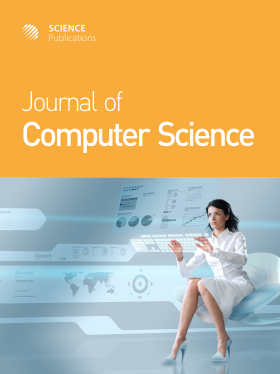Anaphora Resolution in Thai EDU Segmentation
- 1 School of Computing, Universiti Utara Malaysia, Malaysia
Abstract
Human knowledge is mostly in the form of unstructured text. Text can be transcribed into various languages such as the Thai language. To extract knowledge from Thai text, natural language tasks such as word segmentation, Elementary Discourse Unit (EDU) segmentation, and anaphora resolution is the needed tasks. Some interesting phenomena such as non-referential anaphora and the ellipsis of the owner are the significant problems that are necessary to resolve before constructing the complete semantic in the Natural Language Processing (NLP) application. The non-referential anaphora must be detected before identifying the referential anaphora to improve the precision of the anaphora resolution. The ellipsis of the owner is also a crucial problem that needs to be resolved to find the complete semantics. This study presents the methodology to resolve the anaphora from Thai EDU segmentation. The methodology is divided into 2 parts: Thai morphological analysis and the anaphora resolution. The ranking model is applied to resolve the reference of anaphora with the features from the surface word, surround word, syntactic information, and ontology. The results show that precision is 0.77, recall is 0.84 and the F1 score is 0.81.
DOI: https://doi.org/10.3844/jcssp.2022.306.315

- 2,533 Views
- 1,513 Downloads
- 3 Citations
Download
Keywords
- Anaphora Resolution
- Thai Anaphora
- Ranking Model
- Natural Language Processing
